Preparing a new flower bed
rhair
13 years ago
Related Stories
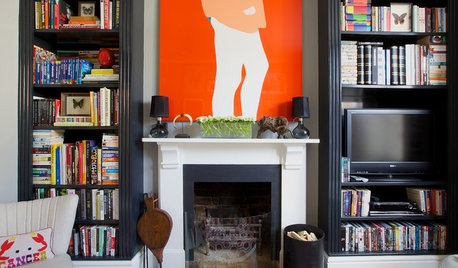
TRAVEL BY DESIGNHow to Prepare Your House for a Home Swap
Trading homes for your vacation? Leave yours in great shape for your guests and help them enjoy a happy break with these 12 tips
Full Story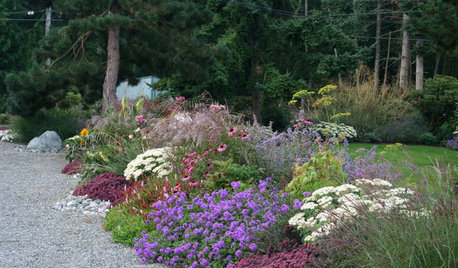
MOST POPULARHow to Design a Colorful Flower Bed
Fall planting: Delight the eye through 3 seasons with bright flowers placed just right. Late summer is the time to plan
Full Story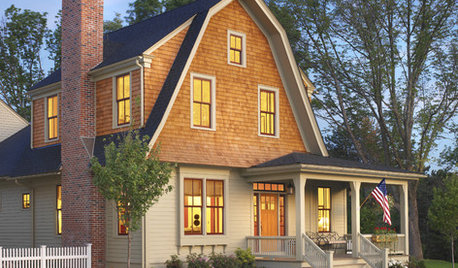
LIFEHow to Prepare Your House for Emergencies
Knock on wood you won't have any big mishaps at home, but it's important to be ready. Our checklist can help
Full Story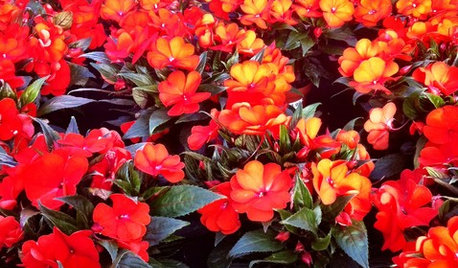
GARDENING GUIDESBright Plants for Flower Beds That Wow
From new annual and perennial varieties to grasses, get dramatic with swaths of color
Full Story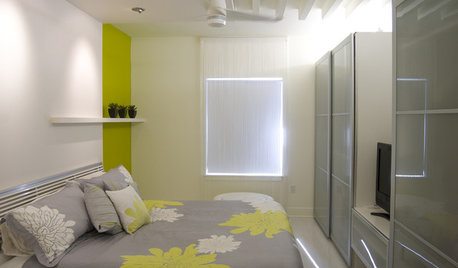
BEDROOMSFall Asleep in a Bed of Flowers
Tuck Yourself Into Floral Bedding While You Wait for Spring
Full Story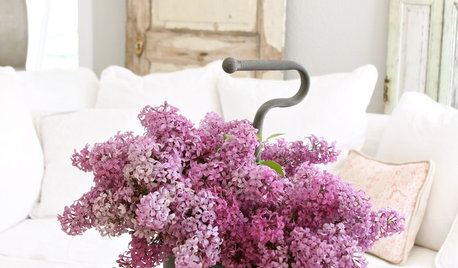
GARDENING GUIDESLet Lilac Love Flower This Spring
Whatever you bestow or receive for Mother's Day, lilacs can be an unmatched gift in the garden in May
Full Story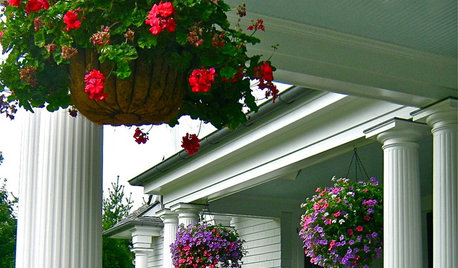
PORCHESGet the Hang of Hanging Flower Baskets
Learn all about container materials, soil and designing a hanging flower arrangement for a bountiful look on your porch or deck
Full Story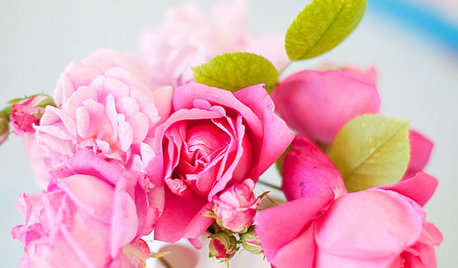
BUDGET DECORATINGSimple Pleasures: Treat Yourself to Cut Flowers
Enjoy priceless beauty with just a few inexpensive stems — and you don’t need fancy vases, either
Full Story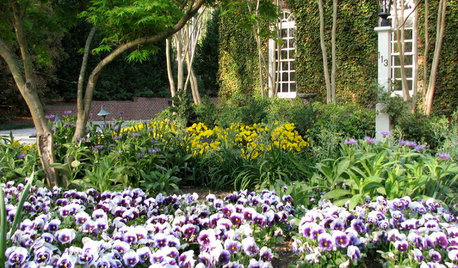
GARDENING GUIDESSoutheast Gardener's October Checklist
When you're not toting houseplants back inside or planting cool-season crops, you can start preparing garden beds for next year
Full Story
GARDENING GUIDESSouthern California Gardener's September Checklist
Before prime planting time, clean out the old garden, prepare for the new, and dream up ideas for fall flowers and veggies
Full Story0
More Discussions






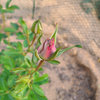
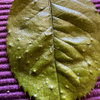
aztreelvr
rhairOriginal Author
Related Professionals
Ballwin Landscape Architects & Landscape Designers · Benbrook Landscape Architects & Landscape Designers · Kenmore Landscape Architects & Landscape Designers · Vernon Hills Landscape Architects & Landscape Designers · Brooklyn Center Landscape Architects & Landscape Designers · Buford Landscape Contractors · Maple Valley Landscape Contractors · Bedford Landscape Contractors · Blue Springs Landscape Contractors · Canyon Lake Landscape Contractors · Coram Landscape Contractors · Danvers Landscape Contractors · Eagle Landscape Contractors · Pleasant Hill Landscape Contractors · Siloam Springs Landscape Contractorslazy_gardens
mangledmind
lazy_gardens
rhairOriginal Author
aztreelvr
rhairOriginal Author